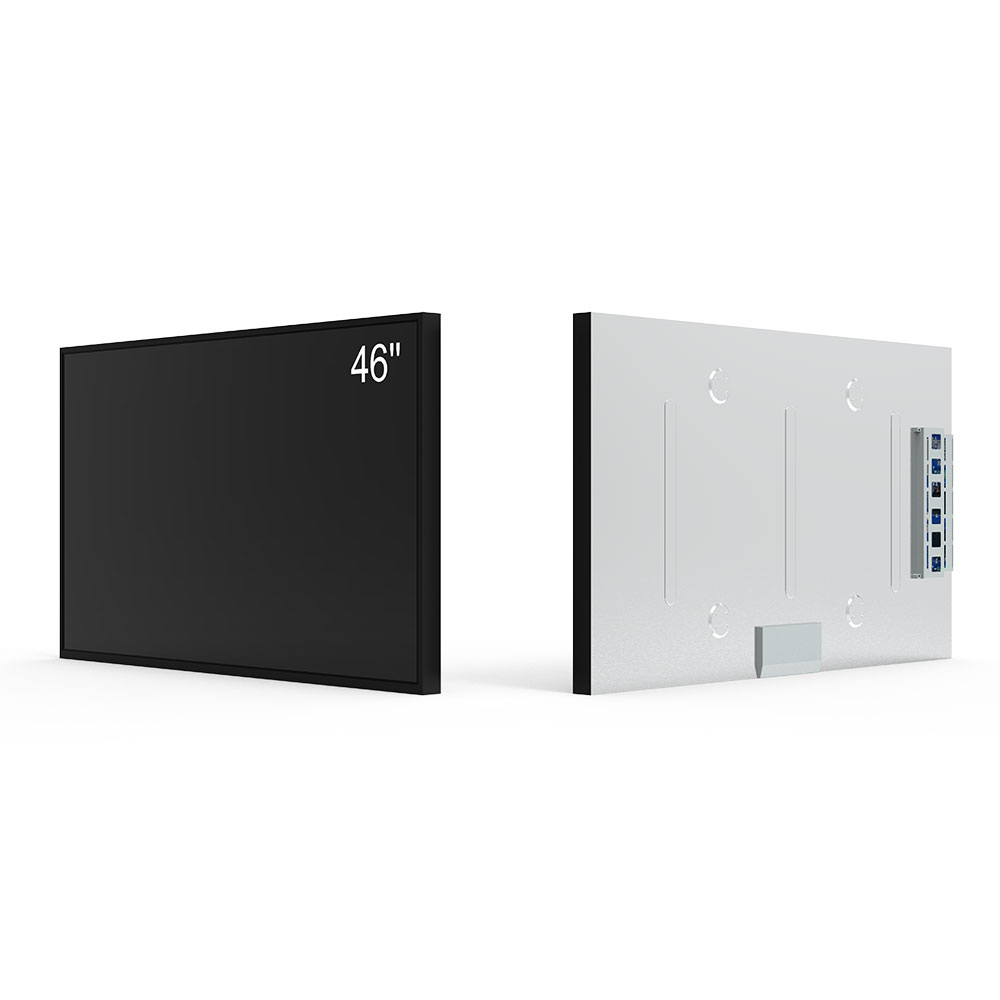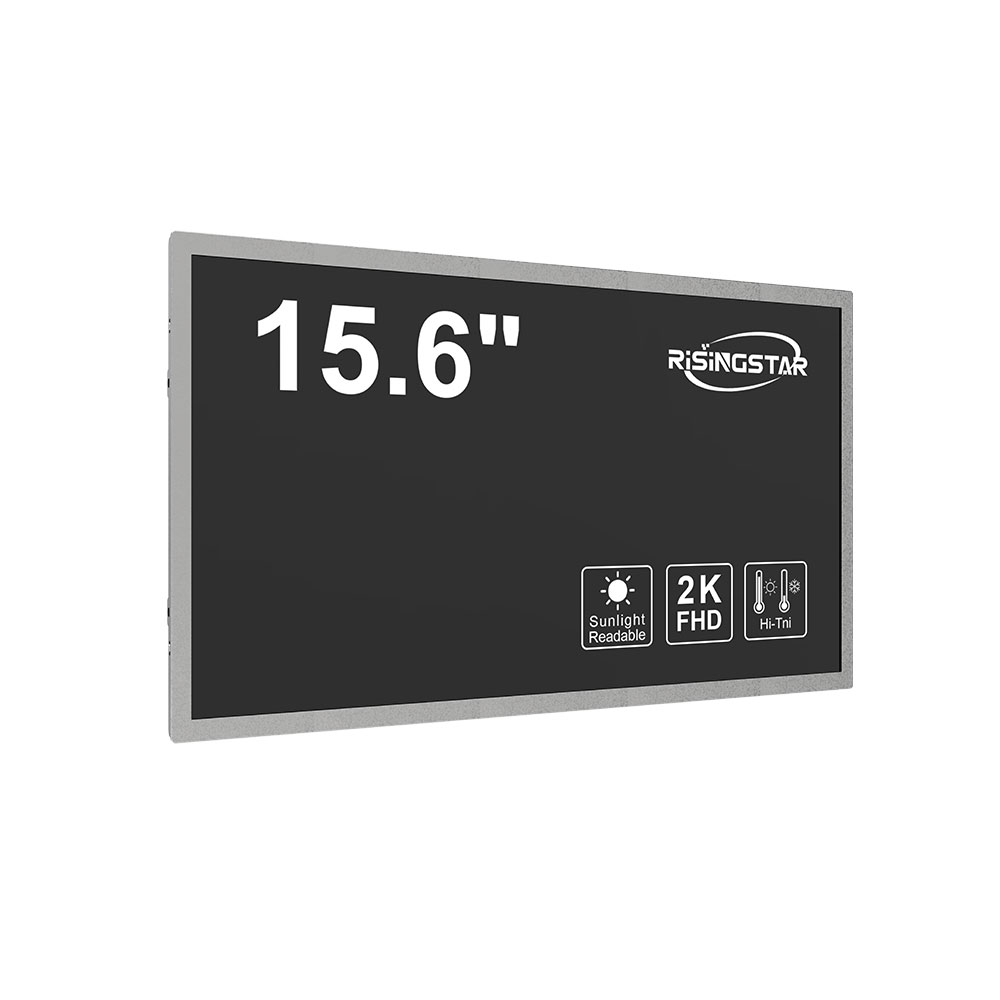
Privacy statement: Your privacy is very important to Us. Our company promises not to disclose your personal information to any external company without your explicit permission.
When selecting outdoor LCD screens for industrial, commercial, or transportation applications, overseas equipment manufacturers and distributors must prioritize durability, performance, and compliance with international standards. Unlike indoor displays, outdoor LCDs face extreme environmental conditions—including high temperatures, humidity, UV exposure, dust, and mechanical vibration—requiring robust engineering solutions to ensure long-term reliability.
The most critical technical parameters include brightness (typically 5000–7000 nits for direct sunlight visibility), IP65 or higher ingress protection ratings for water and dust resistance, wide operating temperature ranges (-30°C to +70°C), and anti-glare or anti-reflection coatings. According to the IEC 60068-2 series and MIL-STD-810G military standards, outdoor LCDs must undergo rigorous environmental stress testing, including thermal cycling, salt mist exposure, and shock/vibration assessments. These tests are essential for validating operational stability in real-world deployment scenarios such as construction sites, public transit systems, or agricultural monitoring equipment.
Moreover, manufacturers should verify that their chosen LCD panels meet energy efficiency benchmarks like ENERGY STAR or EPEAT, especially when integrating displays into IoT-enabled devices or solar-powered systems. High-quality LED backlighting with intelligent brightness control not only reduces power consumption but also extends panel lifespan—an important consideration for global distributors managing logistics across diverse climates.

From an engineering standpoint, using ruggedized aluminum frames, sealed connectors, and Gorilla Glass or similar tempered cover materials significantly enhances impact resistance and weatherproofing. Case studies from leading OEMs like Siemens and Bosch demonstrate that outdoor LCDs designed to ISO 16750-3 (road vehicle environment standards) outperform generic alternatives by up to 40% in mean time between failures (MTBF).
For global customers, choosing certified suppliers who provide comprehensive documentation—including test reports, RoHS/REACH compliance, and CE/FCC certifications—is crucial for risk mitigation and regulatory compliance in target markets. Partnering with manufacturers experienced in export-oriented production (e.g., those with ISO 9001 and AS9100 quality systems) ensures consistent product quality across multiple regions.
In summary, outdoor LCD screen selection must be driven by a deep understanding of environmental resilience, industry-specific standards, and lifecycle cost analysis—not just upfront pricing. For overseas equipment makers, this approach guarantees both customer satisfaction and brand credibility in demanding global markets.

Email to this supplier

Privacy statement: Your privacy is very important to Us. Our company promises not to disclose your personal information to any external company without your explicit permission.